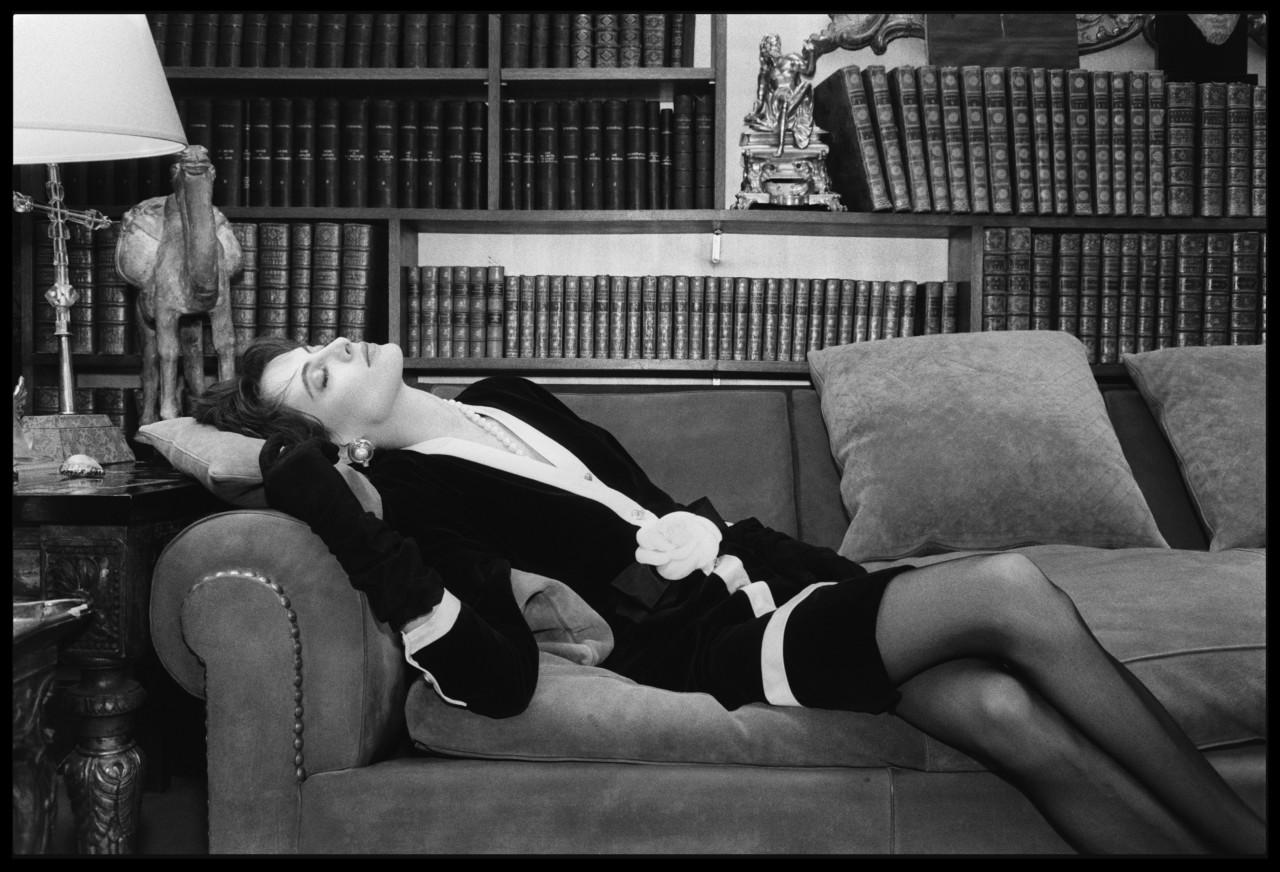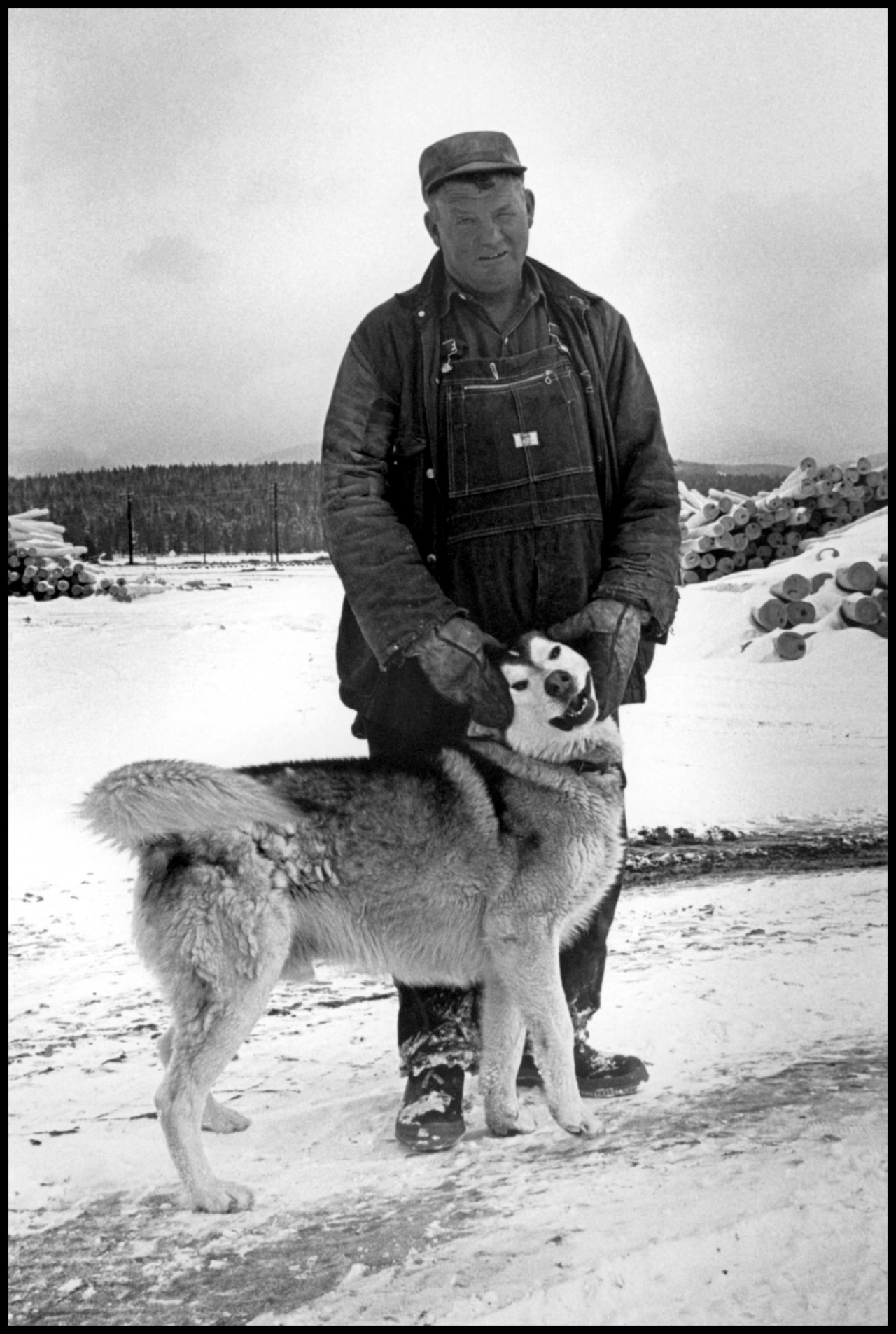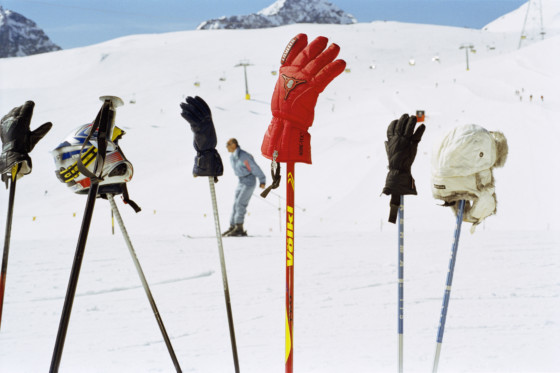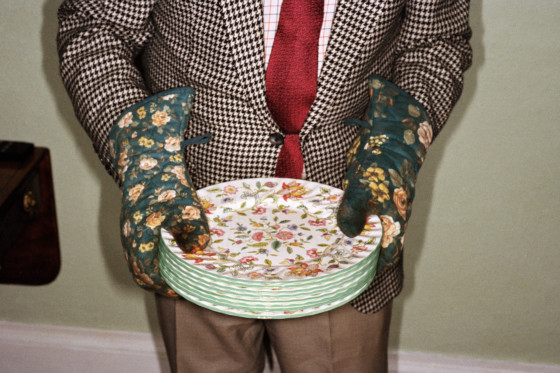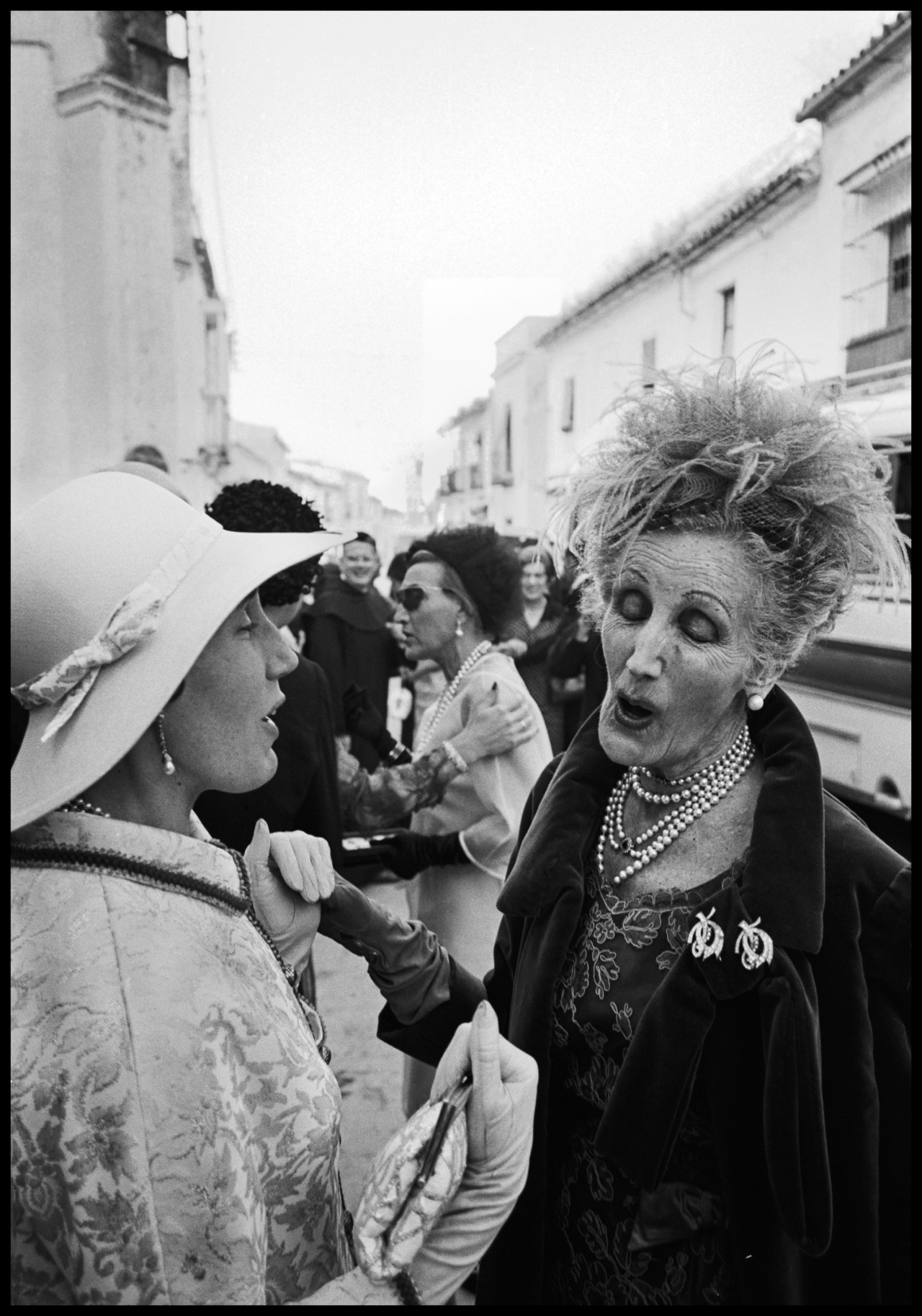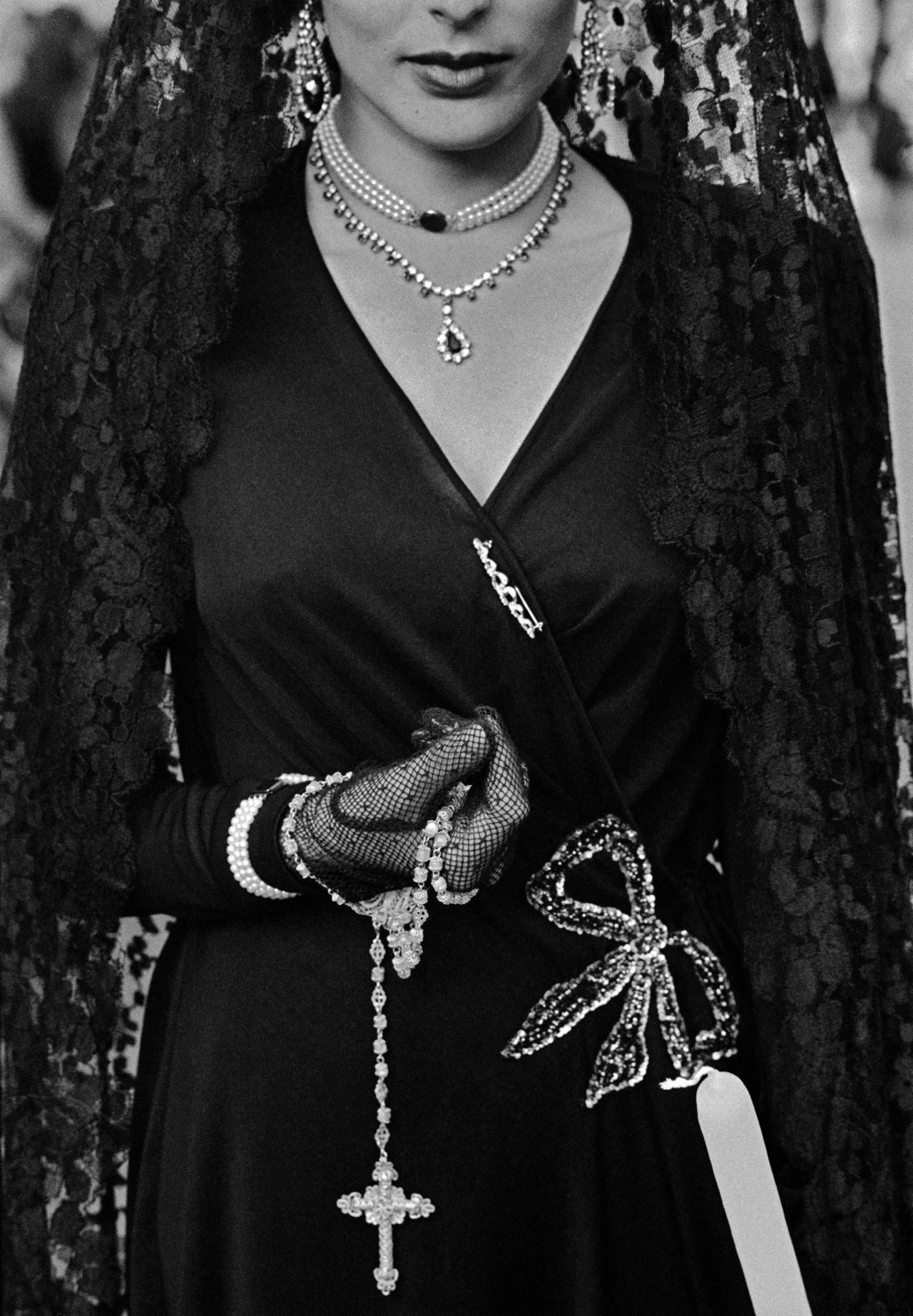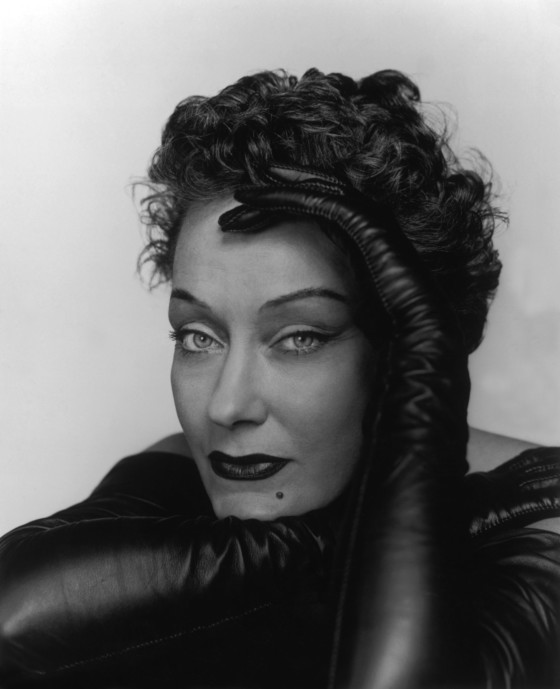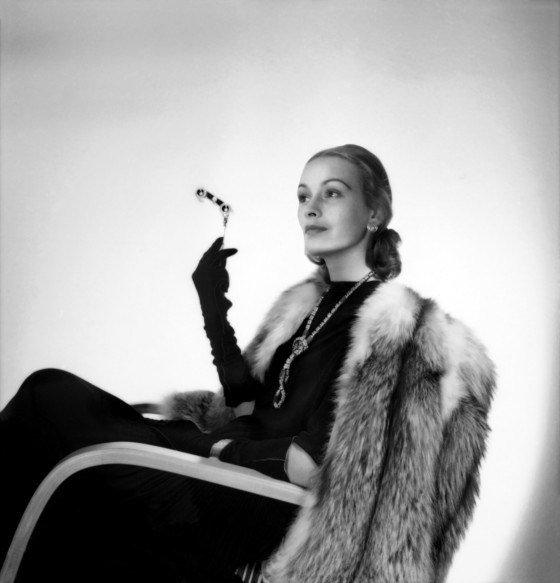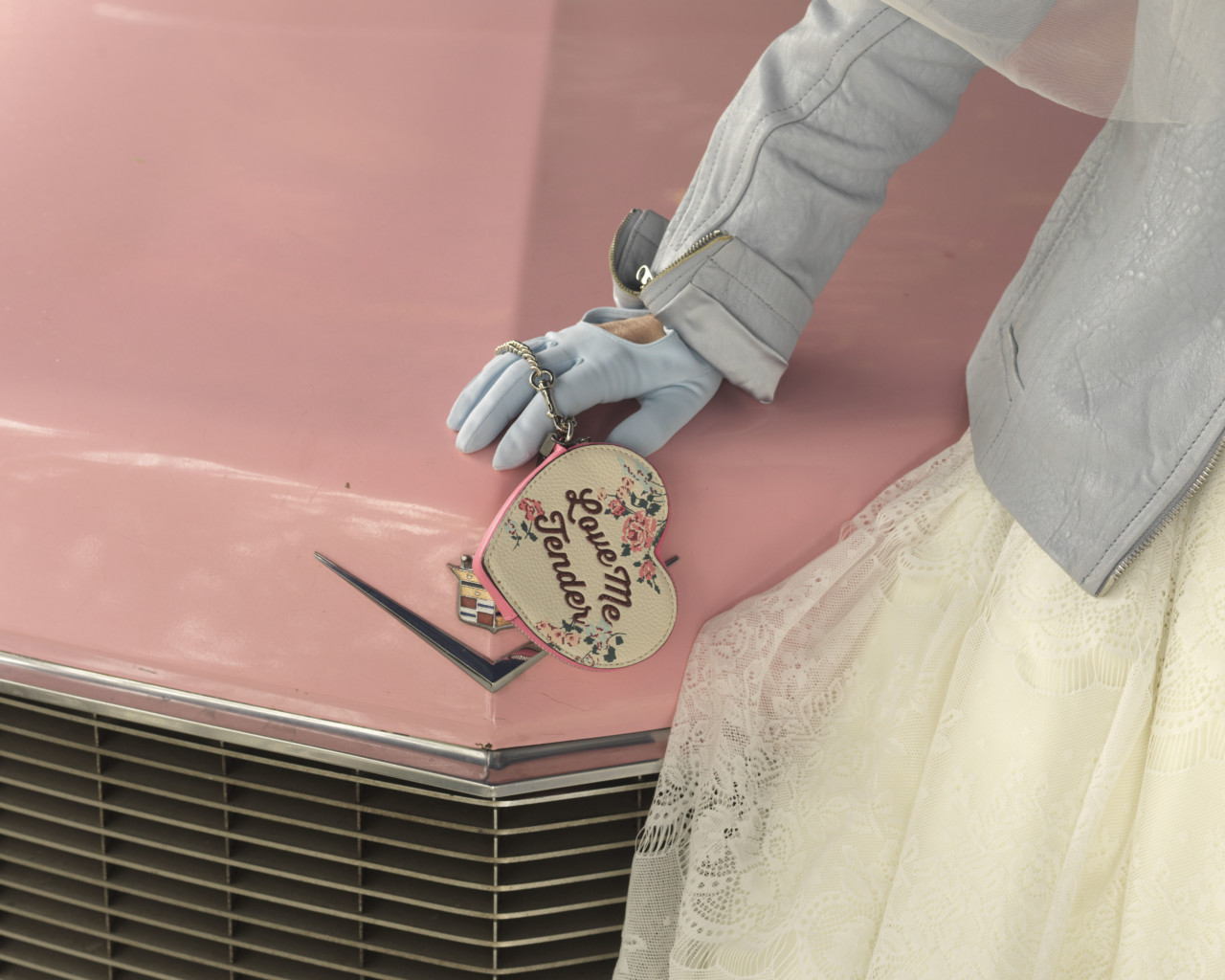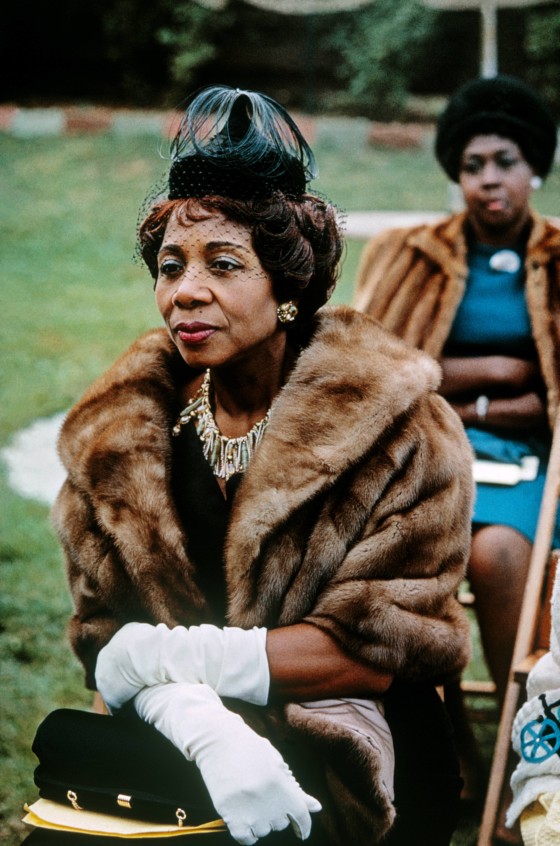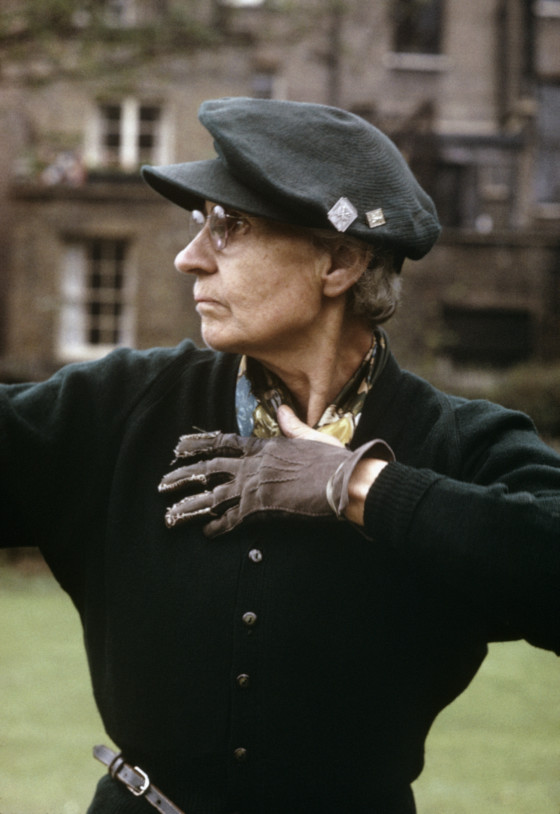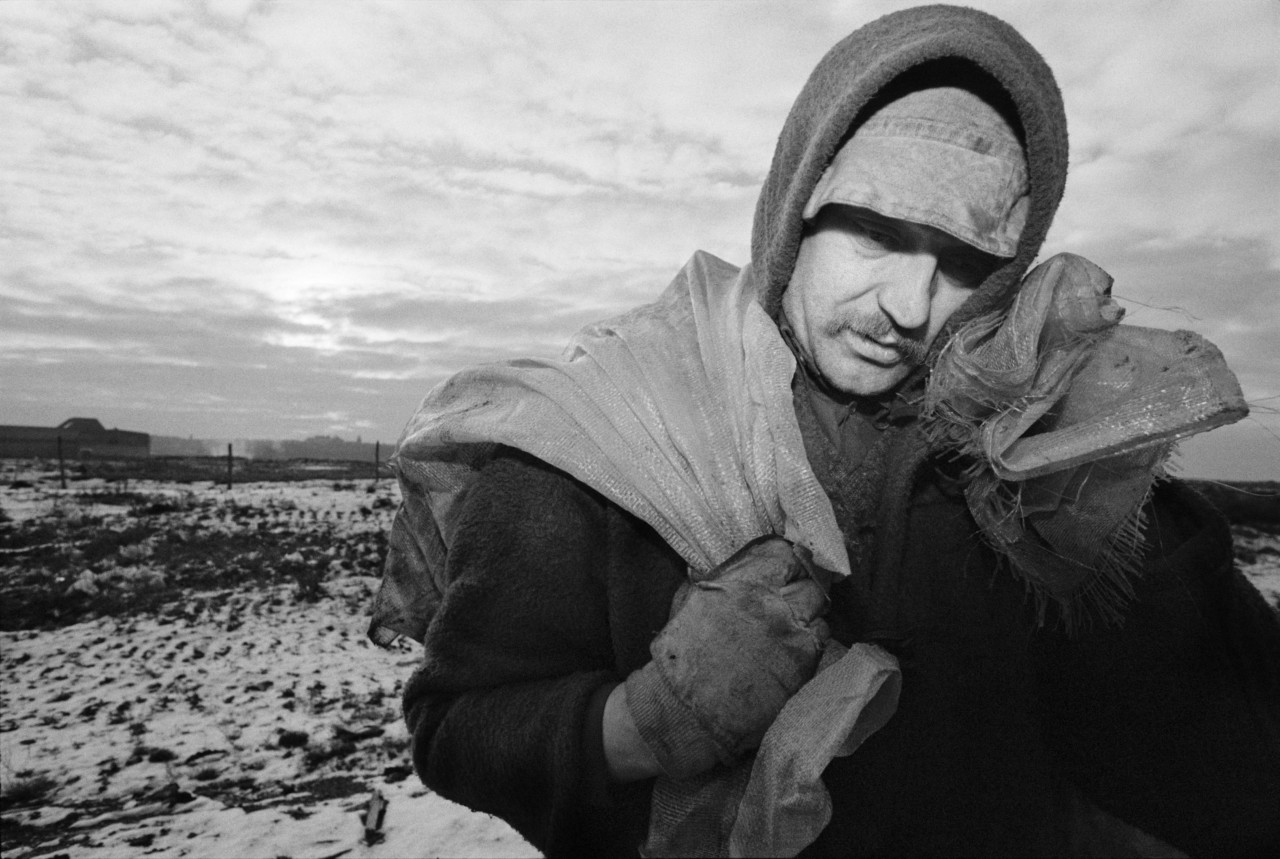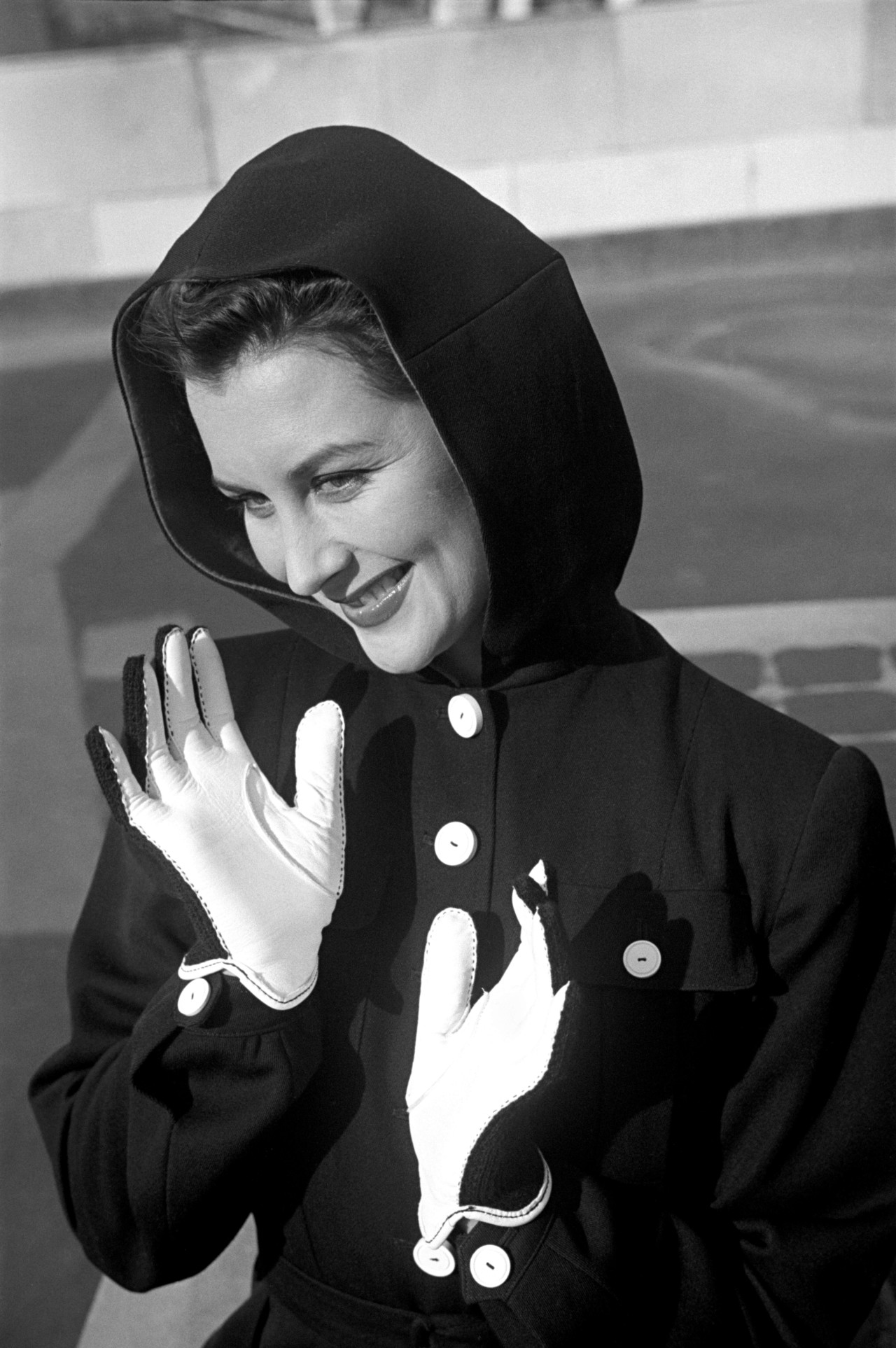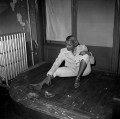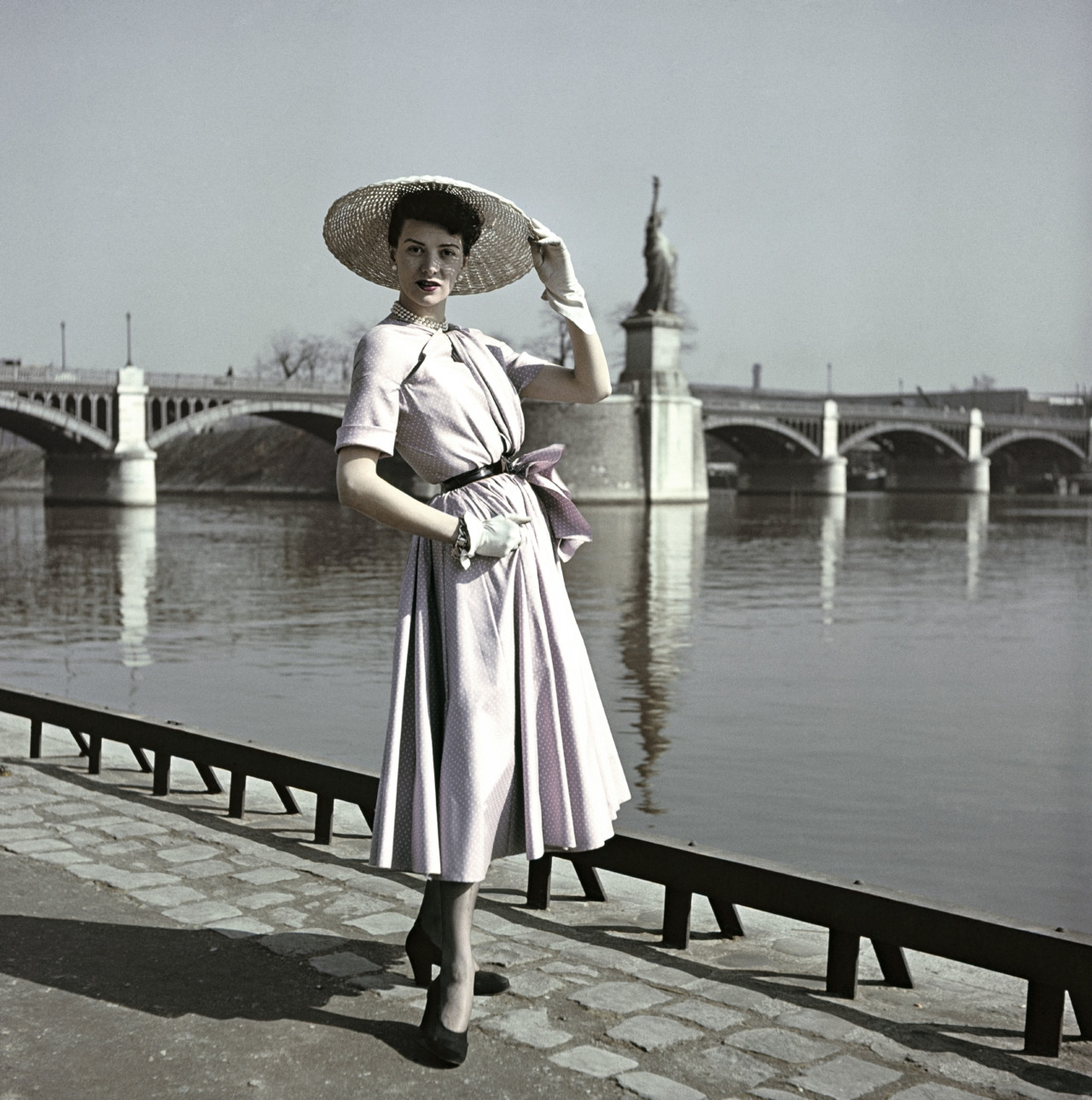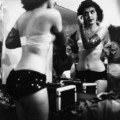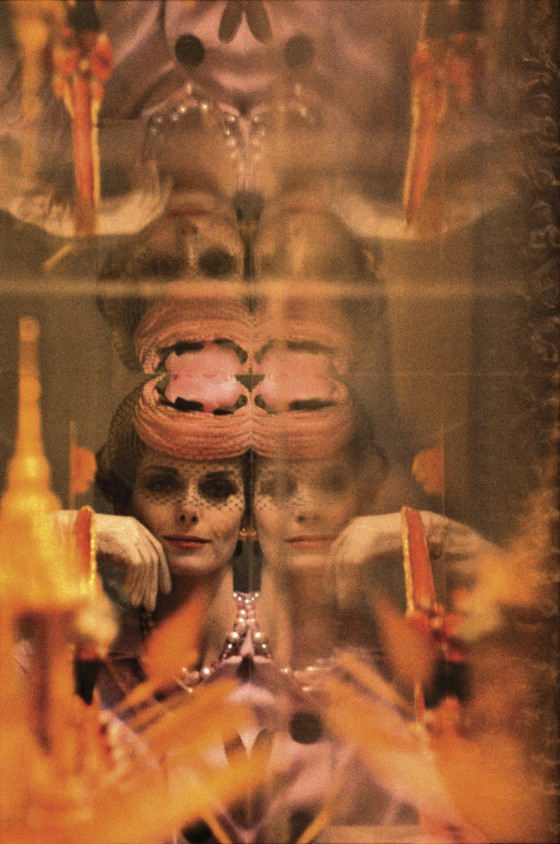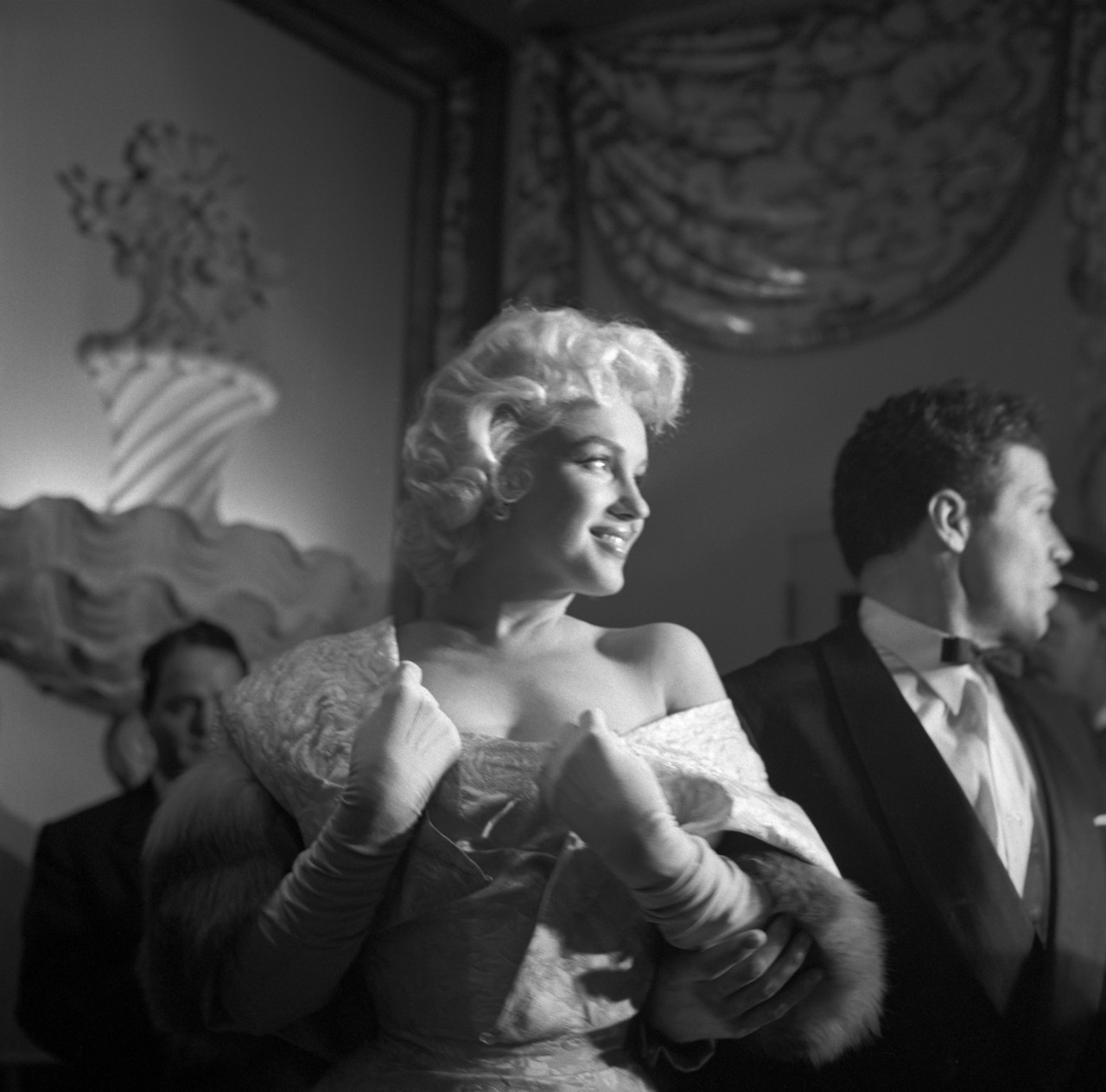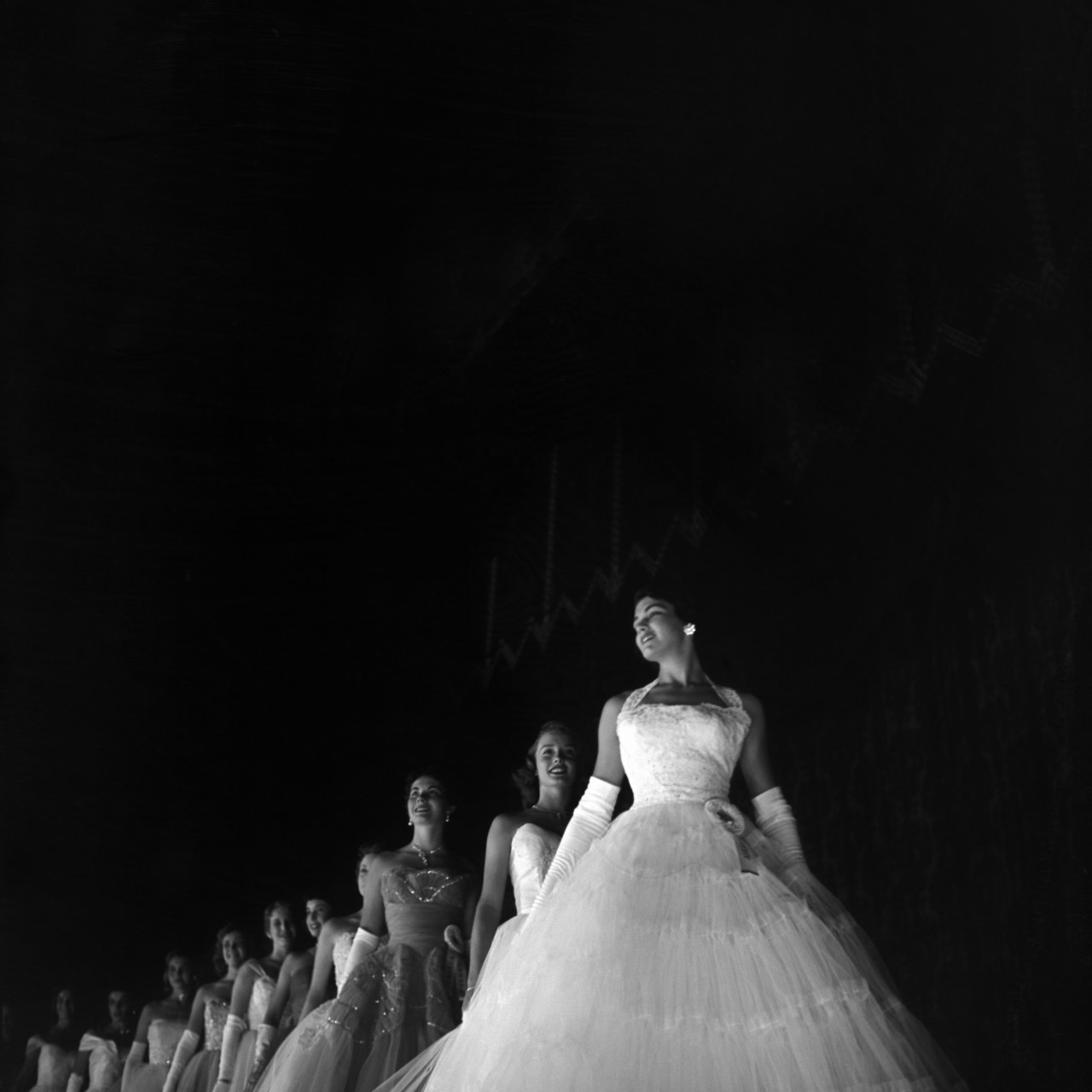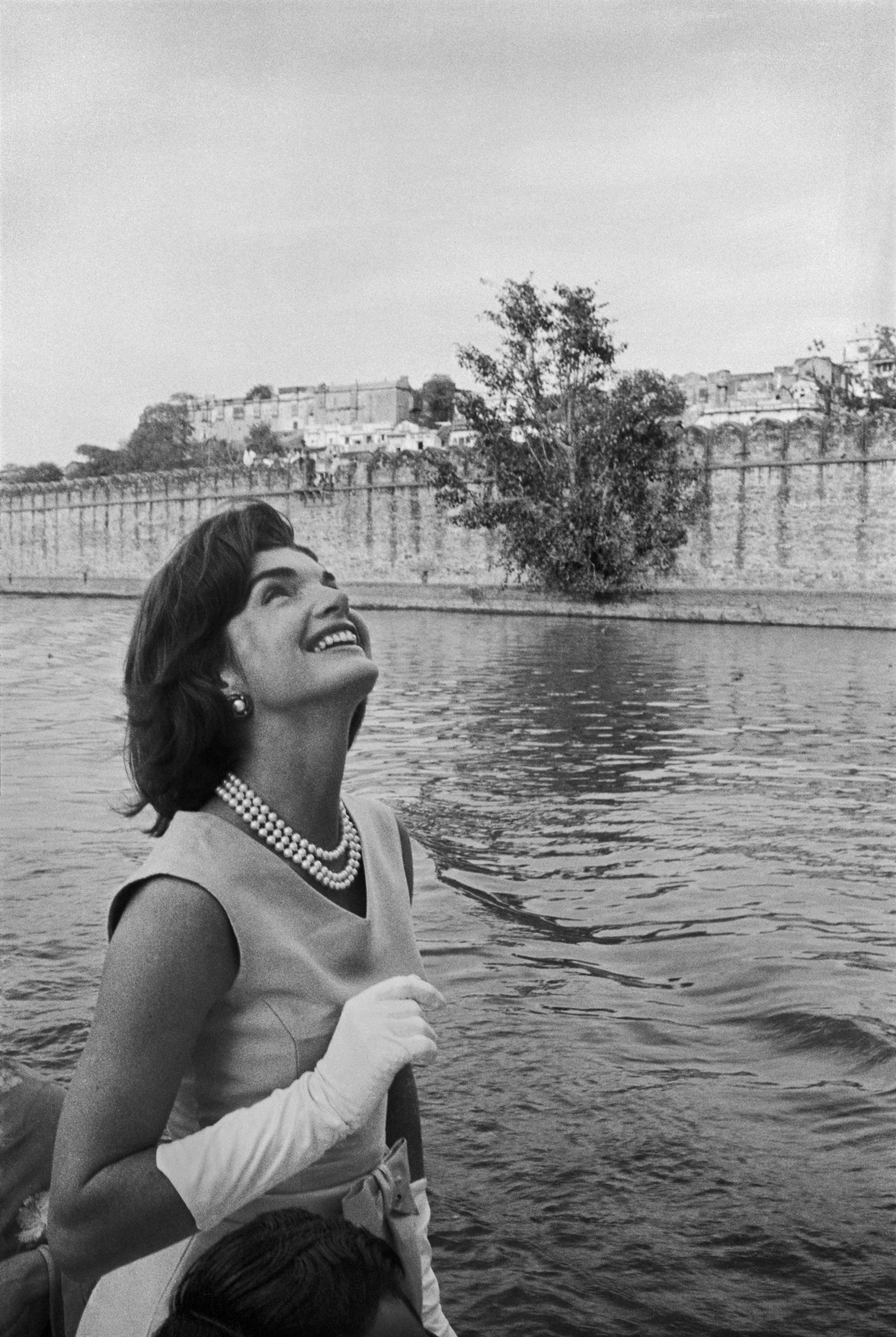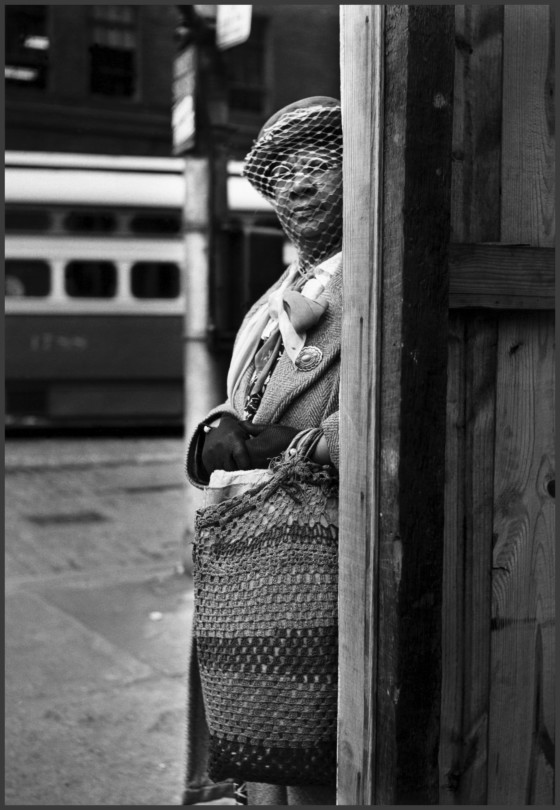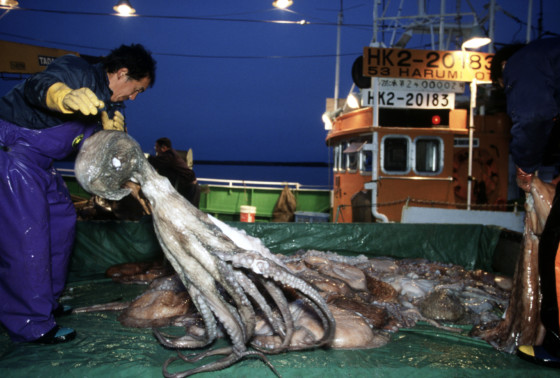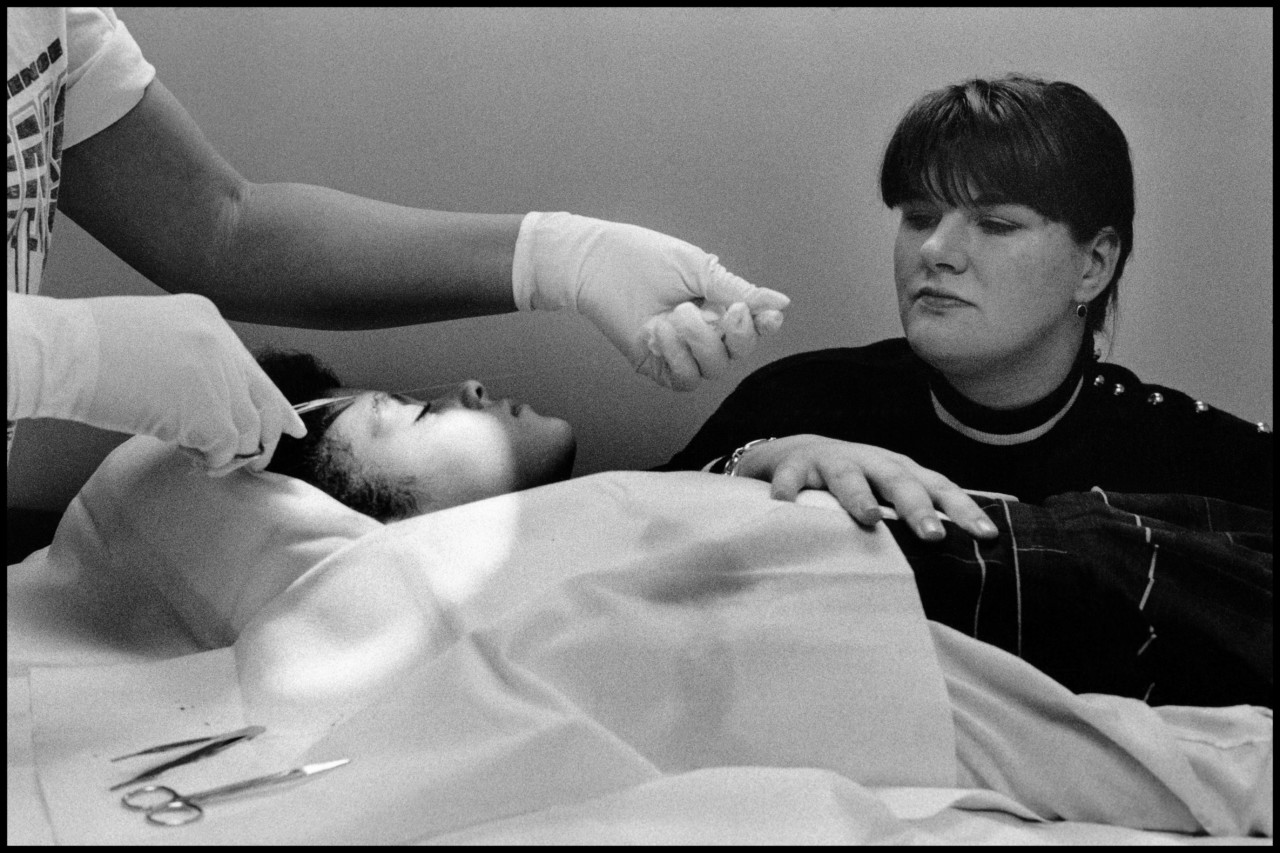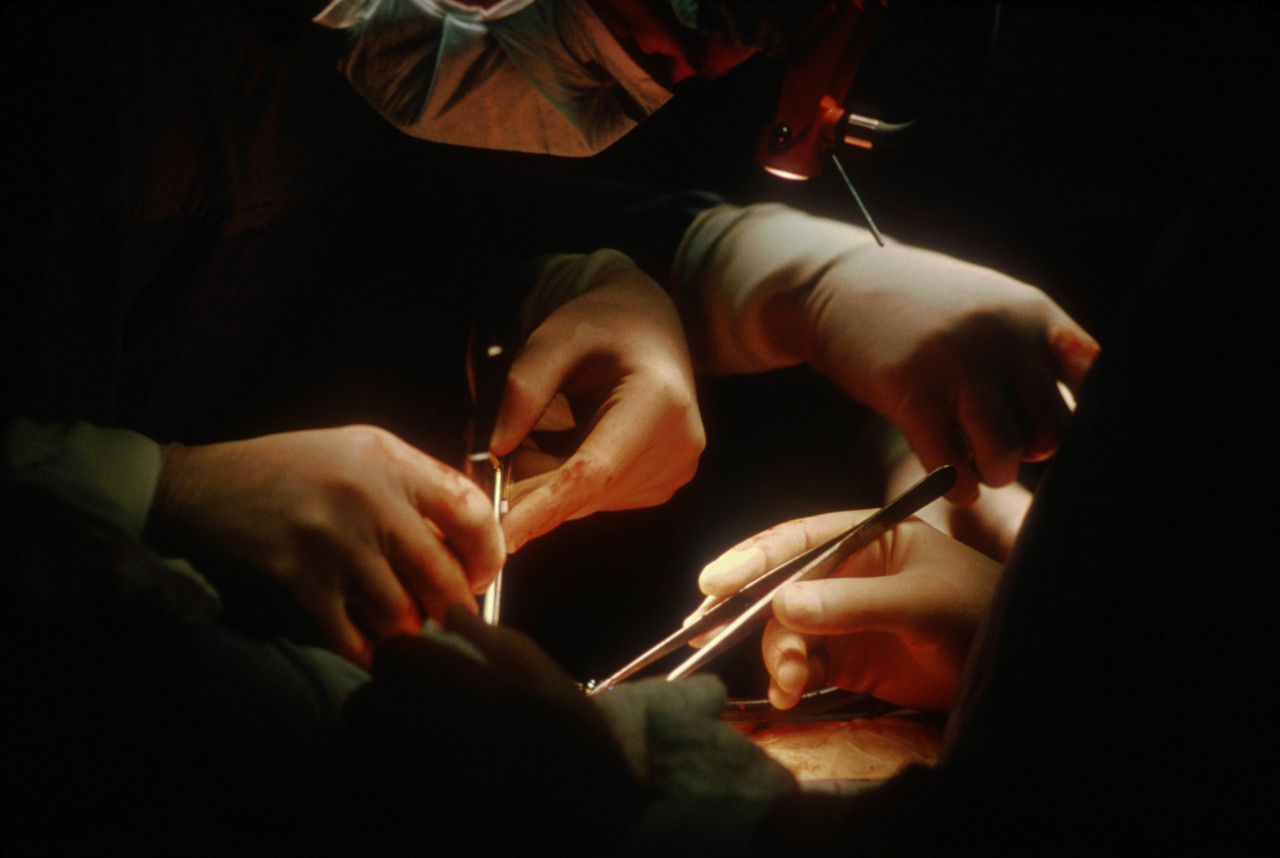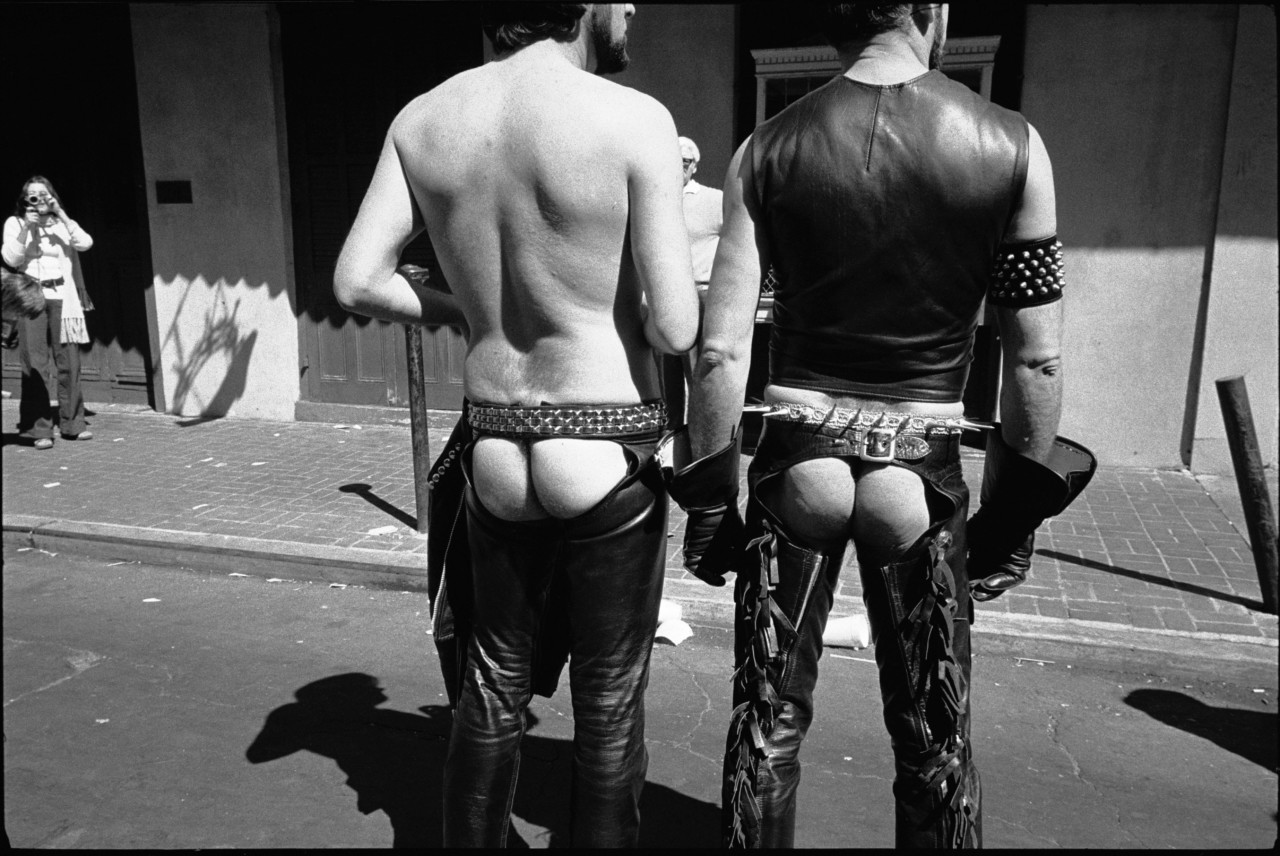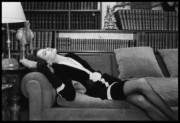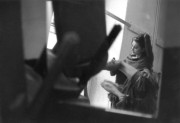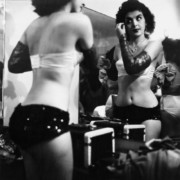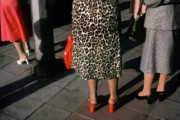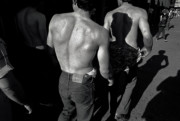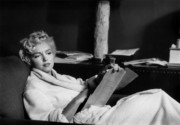Gloves: Through the Magnum Archive
Perhaps more than any other garment, gloves occupy the extremities of both utilitarianism and luxury
In the fifth installment of her series delving into the Magnum archive, exploring its decades of documentation of vernacular style around the world, fashion writer Rosalind Jana here focuses upon gloves. Having previously reflected on the evolution of denim, the cultural highs and lows of leopard print, the revolutionary impact of nylon hose, and the act of dressing up, here Jana considers the way in which gloves have – over their long history – occupied spaces both utilitarian and refined.
There is something comforting in a glove, especially as temperatures dip and the desire to leave the house without freezing one’s fingers rises. They are often a very useful garment, fitting close to the skin and encasing our extremities against the worst ravages of bad weather. In our heads a glove often conjures images of snow, or wind, or craggy mountains. In the Magnum archives, too, one finds plenty of evidence of gloves enabling a smooth passage through winter. Sometimes just a tough leather mitten is enough, Elliott Erwitt’s 1966 portrait of a stoic looking dungaree-clad man in Fairbanks, Alaska focusing on his covered hands encircling the face of an attentive husky. Looking at these photos with their layered clothing and crisp white backgrounds, one can keenly imagine the chill air and welcome relief of anything providing warmth.
However, there are plenty of reasons to wear a pair of gloves that have nothing to do with functionality. As the long and delicate history of the glove can attest, they are an accessory that have proved themselves as decorative as they have useful. Their origins lie in the very distant past, so far back that we can’t actually establish when a rudimentary pair was first pulled on. But we do have scraps of evidence: in the lines of ancient cave paintings, in a linen pair found in Tutankhamen’s tomb (dating back to 14th Century BC), in references made in The Odyssey to Läertes protecting his hands from brambles.
These historic traces demonstrate that the glove’s status as something both protective and powerful is a longstanding one. However, we have more concrete evidence of their use from the Middle Ages onwards. Alongside the obvious benefits offered to soldiers and workers, gloves were also adopted in more formalized settings by Catholic church dignitaries and royalty – especially as tailoring techniques advanced, allowing for individually stitched fingers. Here they functioned as a clear cut marker of rank, bestowing highly symbolic powers on the wearer.
Unsurprisingly the artisanal glove-making industry burgeoned, providing luxurious designs largely made from silk and animal skins. The Worshipful Company of Glovers – a guild that still continues today – was formed in London in 1349 (and later granted a Royal Charter by King Charles I in 1648). By the 15th Century gloves were a popular accessory and bona fide signifier of authority and wealth, with Queen Elizabeth 1st owning plenty of elaborate gauntlets and gloves adorned with lace, jewels and other ornate details, and Shakespeare (himself the son of a glover) packing all sorts of glove metaphors and images into his plays.
"The humble glove has helped to define gender, standing, surroundings, and convention both social and sartorial"
-
Over the intervening centuries gloves have been a crucial part of each era’s style vernacular: the length, design, and desirable fabric all signaling, much like a hemline, some of the concerns of the age. In this way the humble glove has helped to define gender, standing, surroundings, and convention both social and sartorial. And much as we might think of those being much more archaic concerns, the Magnum archives demonstrate how many of these preoccupations continued well into the 20th Century.
After the technological advance of the 20s and 30s, with its art deco designs, new fabrics, and slinky elegance aplenty – during WWII, the rationing of materials and predominance of utilitarian designs relegated gloves to the realm of mere function once more. However, this didn’t always translate to ‘boring’. Take George Rodger’s rather startling 1940 portrait. At first glance there is something almost Surrealist in it, the woman’s bright white palms echoing not just the buttons on her hooded coat, but also the disembodied limbs of a Dora Maar or Man Ray photograph. The reality here is a little more practical though. During the Blitz gloves were fashioned with pale or sometimes luminous palms so that they could be seen in the dark during blackouts.
Post-war, the decorative glove experienced another boom. With a more buoyant consumer market and a newly feminized approach to beauty and dress that favoured cinched waists, full skirts and plenty of accessories, the glove took its place again as an integral part of many women’s outfits. This is epitomized in Robert Capa’s image of a model sporting Dior’s decade-defining New Look on the edge of the Seine, one gloved hand held up to support the brim of her white hat. Elsewhere Inge Morath’s 1954 portrait captures the polished appearance of a well-tailored woman complete with hat, pearls, handbag and long black gloves, appraising a fur-trimmed coat displayed to her in a showroom by a model.
"[Gloves] also suggest a certain amount of carefully clad propriety, combining restraint with glamour"
-
At the same time Hollywood was upping the sartorially glitzy stakes once more, with Marilyn Monroe a particularly notable embracer of the glove both on and off screen. In Eve Arnold’s portrait of the actress at the premier of East of Eden (1950), Monroe’s gloves add an alluring final touch to her gown and matching, fur trimmed stole. Several years later Monroe would deliver a star turn in Gentlemen Prefer Blondes (1953) in a hot pink dress and matching opera gloves, a vivid, breathy vision of camp set against a sea of black suits. The coquettish effect of this look is mirrored in Erwitt’s 1957 photo of a Las Vegas showgirl glancing in the mirror, her kitsch costume and jewels completed by long, partially translucent baby pink gloves. It invokes a similar hued mood to Bruce Davidson’s 1961 doubled portrait, a woman and her mirror image staring softly at the camera, one hand clad in white resting against her chin.
"A white glove is only desirable when it’s pristine"
-
In fact, although white gloves have been worn in formalized settings for a very long time, they were notably brought to the fore again come the ‘60s – popularised in part by Jackie Onassis Kennedy. In Marilyn Silverstone‘s portrait of Onassis in India the white of her gloves is stark. They connote the elegance befitting her ambassadorial role, both during her time as First Lady and after. They also hark back to an earlier era of gloves as definitive status markers. After all, a white glove is only desirable when it’s pristine. To put on white gloves is to nod to the fact that one won’t be getting their hands too dirty, or can afford to either clean or replace when they discolour. They also suggest a certain amount of carefully clad propriety, combining restraint with glamour.
"However, it's not all formality and decoration. The array of images in the archive constantly counter that luxiriant aspect with gloves’ practical possibilities"
-
However, it’s not all formality and decoration. The array of images in the archive constantly counter that luxuriant aspect with gloves’ practical possibilities: Hiroji Kubota’s beautiful documentary photos of workers in Japan processing seafood and other culinary products, and Leonard Freed’s images of surgeons’ latex-clad hands at work in Columbus Children’s Hospital both serving as very different but similarly apt reminders of the fact that gloves’ functionality is impossible to overstate. The ability to sheathe our hands has saved lives, protected skin, and made it much easier to do the washing up too.
"[Gloves] have kept fingers warm against the cold, and provided the erotic thrill of something sheer or synthetic against the skin. They have shielded fisherman’s hands and completed the symbolic needs of religious garb"
-
So many of these images point to the multiple purposes and effects of a simple pair of gloves. They have been a key accessory for the avid lover of outrageous dressing up, and the finishing touch for perfectly done up woman who would never leave her house with her hands bare. They have kept fingers warm against the cold, and provided the erotic thrill of something sheer or synthetic against the skin. They have shielded fisherman’s hands and completed the symbolic needs of religious garb. They have communicated social codes, contemporary trends, and delicious eccentricity. And, in the case of Gueorgui Pinkhassov’s mesmerizing photo of a couple at a bar in Moscow, they have provided enjoyable theatricality too: a cigarette tilted between gloved fingers, inches from a plastic cup of fizz, a stylish set piece in a story we’re not fully party to.
.


